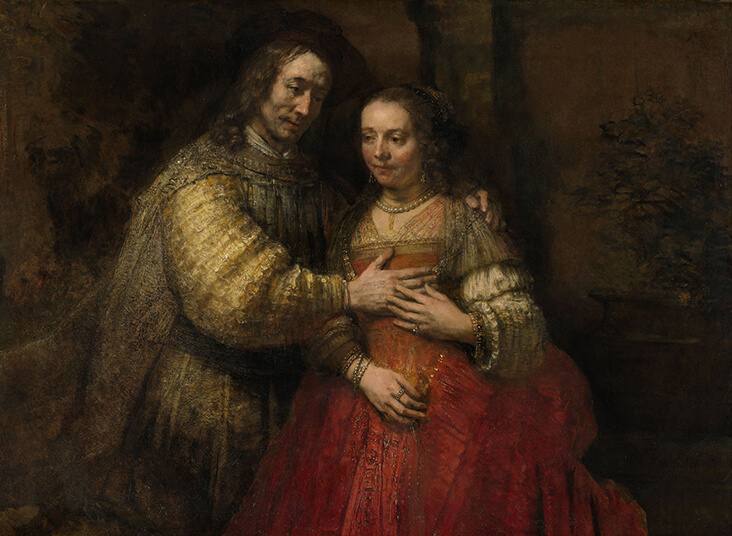The Origins of Colour: Pigments and their Histories
“Colour is a power which directly influences the soul.” Wassily Kandinsky
Like light, colour is a potent, living force, one that can invoke moods, emotions and memories. From the clothes we wear to the rooms we inhabit or the objects and artworks we experience, colour has the power to convey any human emotion possible: strength, rage, tranquillity, joy, sensuality, anger or peace – all have their associative hues, which are subjective and open to individual interpretation. On top of this, the historical, social or religious history each shade conceals within undoubtedly affects how we come to interpret certain colours and form a relationship with them, a topic that has fascinated scientists, writers and artists for centuries, forming the subject for countless articles and publications. Whether exotic, rare, dangerous or even toxic, every hue has at least one story to tell.
In this new series, we will look into the origins of coloured pigments, teasing out the most unusual, eccentric and revealing tales they have to tell, examining how their discovery, uses and symbolism has evolved, looking at how vital moments in social, religious and artistic history have affected their meanings over time and shaped the way they are used by creative people today.
The world’s most adventurous archive of pigment history was begun by Professor Edward Waldo Forbes for the Harvard Art Museums at Harvard University the turn of the 20th century, and since his retirement has been continued by the University as an ongoing research project (see Colin Davies’ great review of Forbes’ publication An Atlas of Rare and Familiar Colours, 2018 on The Thread). Forbes travelled all around the world collecting samples; the vivid blue of lapis lazuli was found in Afghanistan’s quarries (a colour so rare it was more valuable than gold), while the depths of the Eastern Mediterranean floor revealed how a quarter of a million murex shells made just one ounce of Tyrian purple, a vivid tone which adorned the togas of Roman Emperors. Also included in the archive are newer, synthetic pigments, including contemporary artist Anish Kapoor’s Vantablack, which absorbs 99.96 particles of light, known colloquially as the “blackest black ever,” and chemist Mas Subramanian’s true blue, which he named the not-so-catchy YInMn. Truly wondrous, hair-raising stories have circulated about pigments, with the potential to forever change the way we see colours.
As Forbes’ archive reveals, some of the earliest pigments ever made can be traced back to primitive times, particularly the earthy, naturally derived tones of red and yellow ochre, sienna and umber, all originally made from iron-rich rocks which could be dug up and carved into sticks, or crushed to make a pigment, before synthetic versions became available. Now seen as a vital strand of prehistoric human intelligence, these first pigments, derived from the ochre tone, have been found in the earliest examples of art history, adorning shells, cave walls and decorated graves. Archaeologist Tammy Hodgskiss writes on the pigment’s significance today, “People may say ochre is the earliest form of art and symbolism, but there’s more to it. Ochre shows how our brains were developing, and that we were using our environment. It bridges the divide between art and science.”
Our journey into colour history will begin here, looking at the origins of these first pigments, beginning with the magical, deeply significant colour of red ochre. Uncovering its importance in prehistoric times, we will chart its’ symbolic role in Egyptian and Roman culture, and its’ significance throughout the Renaissance, particularly in the exquisite drawings and paintings depicting prominent and religious figures by Leonardo Da Vinci, Michelangelo and Rembrandt. Casting the net wider in future articles, a spectrum of colours will be explored, from yellow ochre to ultramarine and indigo, asking how these amazing, versatile substances came into existence and have evolved deeper meanings over time, while echoing the question of palaeontologist Alison Brooks: “Why do we colour our world when our world is colourful already? It could be a lot of reasons, but it’s (undoubtedly) a form of communication.”



















































One Comment
Nancy Stockman
love this!